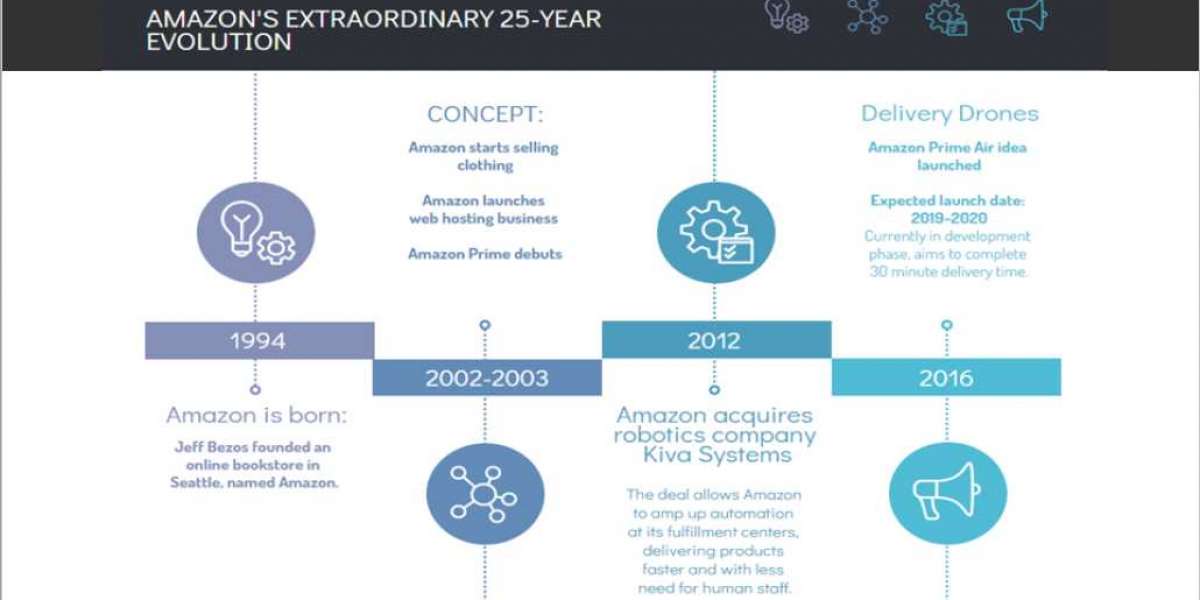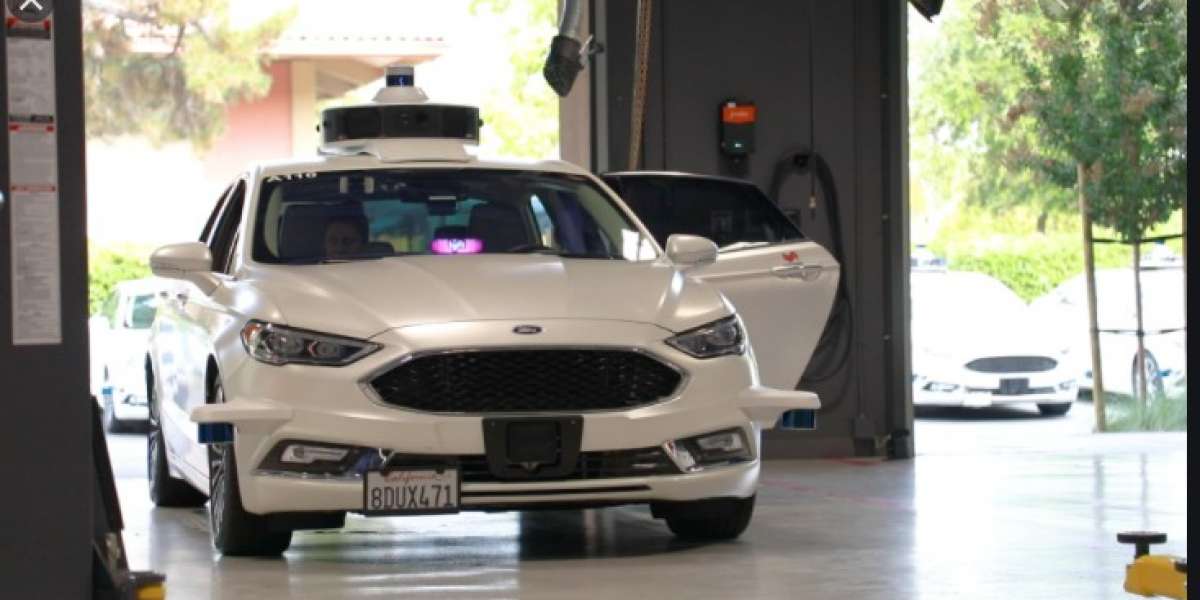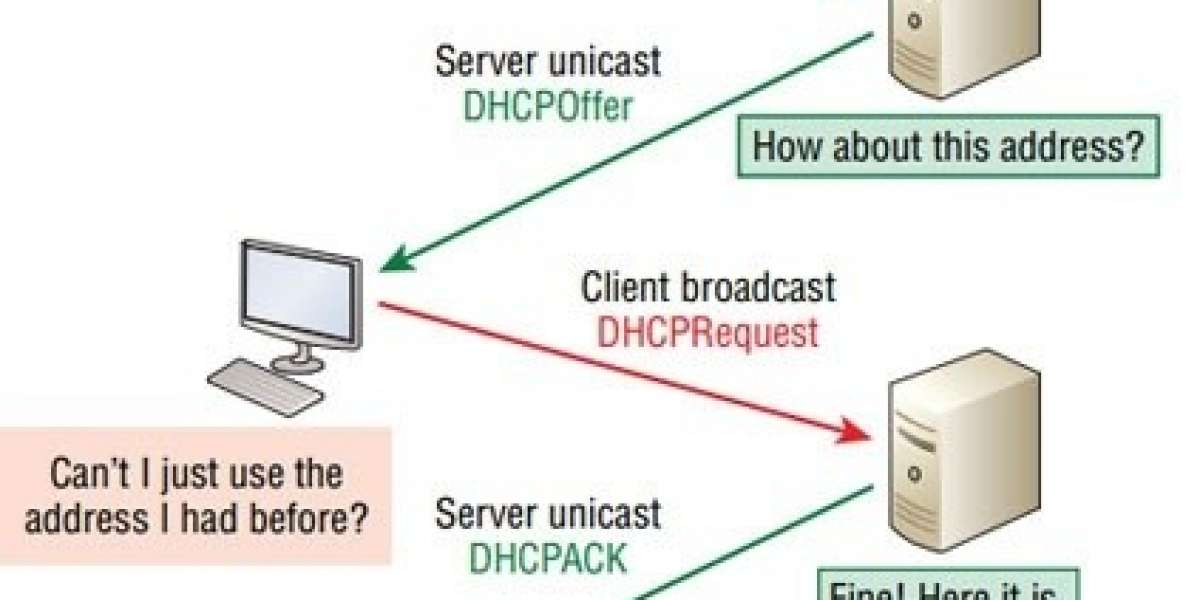Amazon's use of Automation and its implications
How things work at Amazon

From dominating the e-commerce industry to having its cloud computing platform ( to investing in artificial intelligence and automation, Amazon has proved to be the tech giant that it is right now. As
an e-commerce website, when a customer orders an item from Amazon, orders are quickly routed to amazon via third party sellers, which then go through its warehouses, where items are stocked based on
algorithms that predict the number and type of items that should be stocked in one It’s then shipped to the fulfillment centers where the item is packed and ready to be picked up A lot of research, heavy investments in cutting edge technology, extensive use of cloud technology, is put behind this mechanism to be a success In its constant endeavor to excel, Amazon has recently started to heavily invest in automation too.

Why Automation?
The warehouses and fulfillment centers are the key to faster delivery, and this is what lets amazon stay at the top of its game. Amazon uses cloud technology, robotics, and analytical tools to design the entire structure of its warehouses, automate loading, unloading, and packing in its fulfillment centers too.
A system in the cloud, such as air traffic control, coordinates the route of every robot across the floor, with an eye to potential interference from other drives on other routes.
Amazon Redshift is the world's fastest cloud data warehouse today and gets dramatically faster every year. The concept of “real-time” inventory tracking and complete control is the single biggest benefit of warehouse automation and truly is only achievable through the implementation of automation tools.
The strategy of using automation to decrease costs, maximize space and increase the performance incorporates Hitt’s capabilities of investing in the development of new technologies.
Automation in Amazon
Amazon Prime Air
In 2016 Amazon Prime air a drone delivery service which uses aircraft to autonomously fly individual packages to customers within 30 minutes of ordering was founded This product is currently in
development phase and is expected to start by the end of 2019 or 2020
Amazon Alexa
Amazon Alexa is a cloud-based virtual assistant that offers customers a more intuitive way to interact with the technology they use every day.
Amazon Robotics
Amazon robotics, earlier known as Kiva systems manufactures robots and automated robotic arms for Amazon's fulfillment systems which automates loading unloading and packing items in its warehouses.

Strength: Automation benefits Last mile delivery

Costs associated with last mile delivery account for 28% of total logistics delivery costs. Although some companies are testing drone delivery, ground based robots are gaining ground, at least in the U.S., where stringent drone regulations continue to slow progress, creating an opportunity for ground-based delivery robots. (Gartner, 2019)
According to the note published by Deutsche Bank, for a typical shoebox delivery, drone delivery would cost only $0.05 per mile, while it would cost $2 per mile, and $6 to $6.5 for premium ground carriers like UPS or FedEx (Kim, 2016).
According to ARK Investment Management, Amazon would also be able to charge just $1 to have a package under 5 pounds delivered within a 30 mile radius. Given the fact that 86% of orders shipped by Amazon are under 5 pounds, the low price drone delivery service is feasible (Kim, 2016).
Weakness of drones
Integrating delivery drones adds a new layer of complexity to existing supply chain, inventory management systems. Drone delivery systems may add needless complexity to existing corporations, and the investments may not be worth the value addition of the technology The complexity is a ripe space for development of 'aggregators' that operate vast fleets at scale.
Business integration may throw up needless challenges for Information management
For most except the largest, most innovative businesses, developing a network of delivery drones from scratch would not be viable. Even if regulation permitted the operation of drones at scale, and the economics were in favor of adoption, the technical complexity of the project may burden businesses needlessly.
Owning vs Leasing:
Businesses interested in operating drone delivery may prefer to lease them from specialized fleet operators that operate on leasing or a ‘pay as you go’ model. Companies like Amazon may want to take the first mover advantage in building out a large scale and economically feasible drone network.
Implications of using Alexa
-Amazon employees listen to your conversation to increase Customer Experience
-Used to train its speech recognition and natural language understanding systems
-Advertisements start showing up on your phone
Automation in Amazon’s Warehouse
Earlier, Amazon used an Inventory Management System, with the help of Amazon
Fulfilment technologies (AFT) team.
●AFT was challenged by complicated and growing demand
●In May 2017, AFT decided to migrate the system to Amazon Aurora a MySQL and PostgreSQL compatible database built for the cloud
●Amazon Aurora is fully managed by Amazon Relational Database Service (Amazon RDS) automates time consuming administration tasks such as hardware provisioning, database setup, patching, and backups
●AWS Database Migration Service was used to migrate data from the Oracle databases to the PostgreSQL databases
● Benefits Reduced scaling effort by 95%95%, access to more than 200 external services by AWS
Automation with Amazon Robotics
• Using Amazon Robotics, Amazon has doubled down on automation with machines capable of packing up to 700 products in an hour.
• Items are loaded, packed and unloaded using Robots in warehouses and fulfillment centers to employees for getting the shipments ready.
• Amazon Robots installed in 10 of Amazon's US warehouses in California, Texas, New Jersey, Washington and Florida enable the company to deliver millions of items to customers. customers.
• There are 15,000 Kiva robots spread across the 10 warehouses in the company's network, which has more than 50 facilities in the US.(Tam, 2014)

Upskilling 2025 program
Amazon commits $700 Million to retain workers
●Amazon Technical Academy: A training and job placement program will equip non technical Amazon employees with essential skills to transition into, and thrive in, software engineering careers.
● Associate2Tech Program: Provide Fulfillment center associates with the opportunity to move to technical roles
● Growing Career Choice Program: Amazon will pay 95% of the tuition and fees towards a certificate or diploma in qualified field of study, leading to enhanced opportunities in demand jobs. It also provides free classroom and digital training to employees to build cloud knowledge and validate cloud expertise by pursuing ASW Certification exams.
Quit job and get paid $10,000 and 3 months salary
●Creation of 200 new small businesses till date
●Hired thousands of local drivers to deliver packages
●Enable Amazon to meet one day delivery promises












